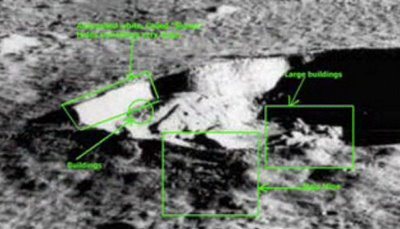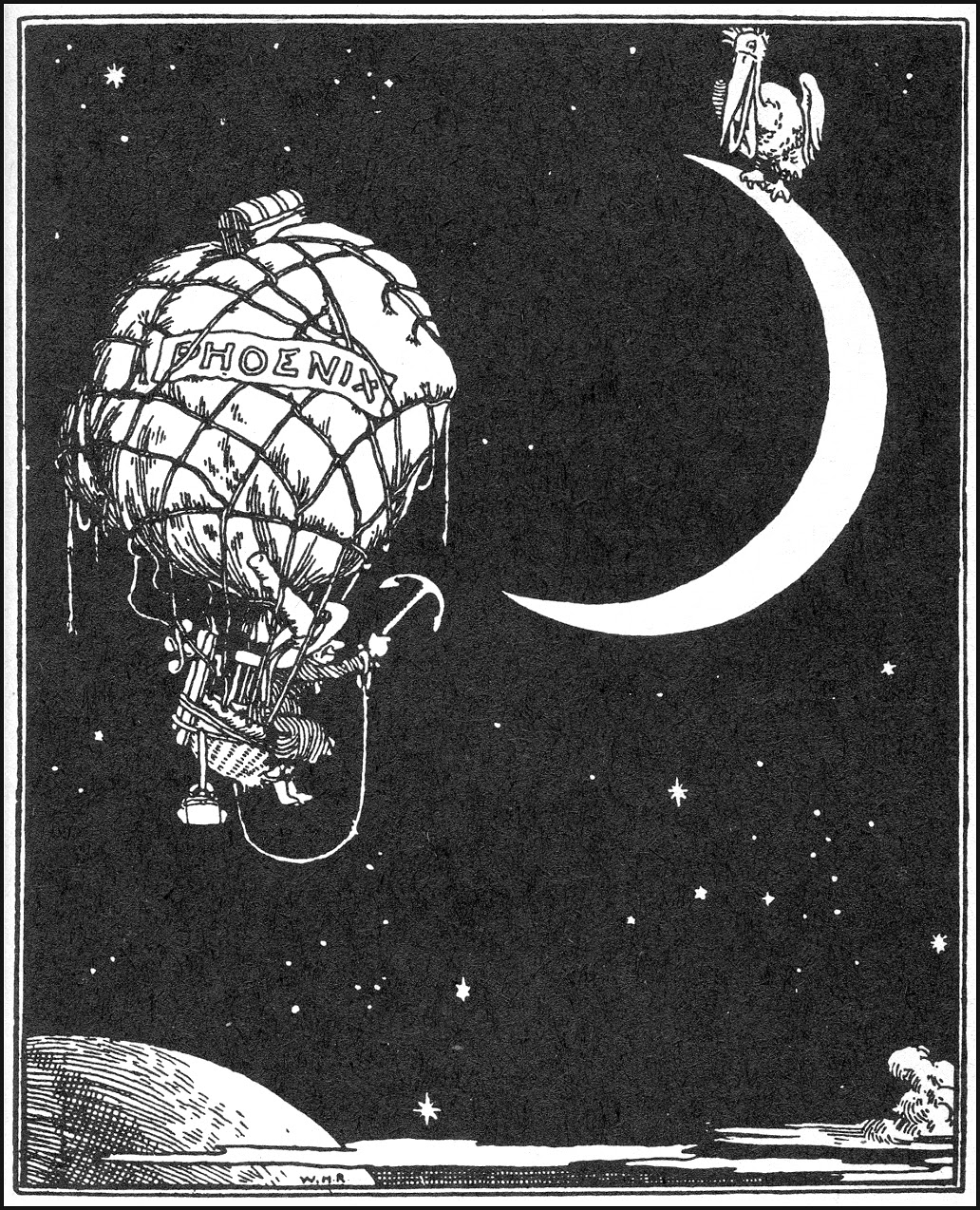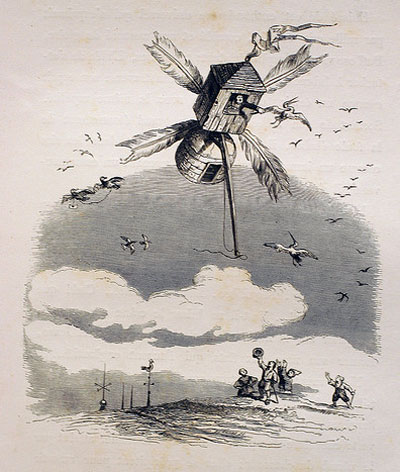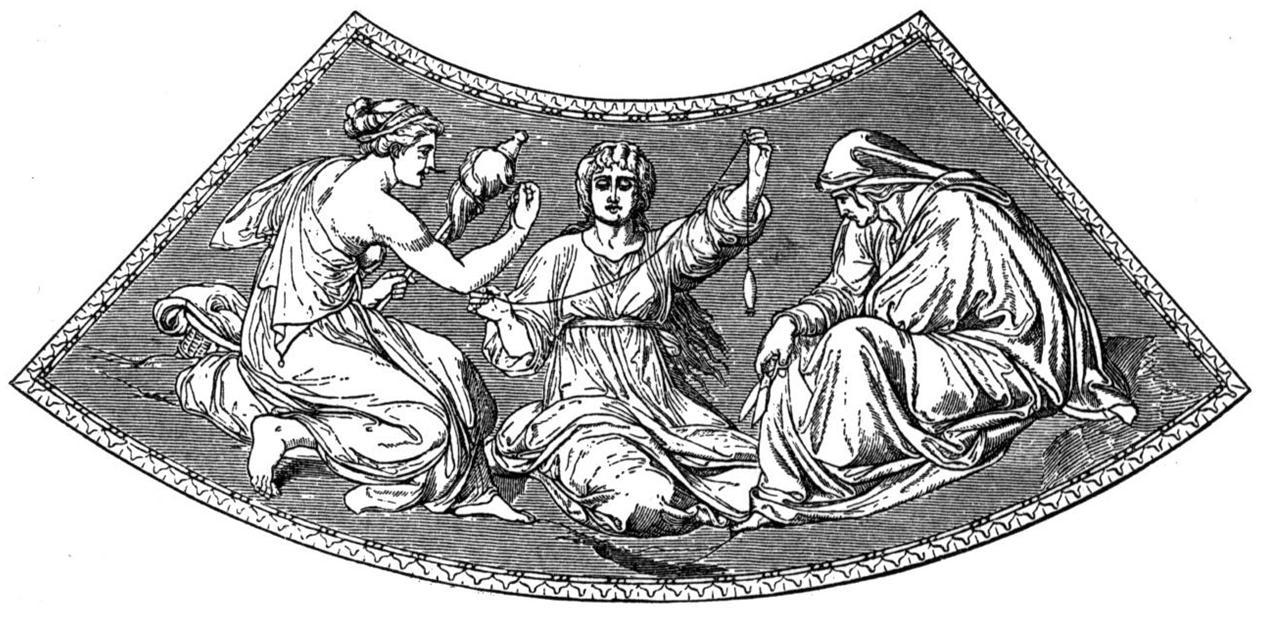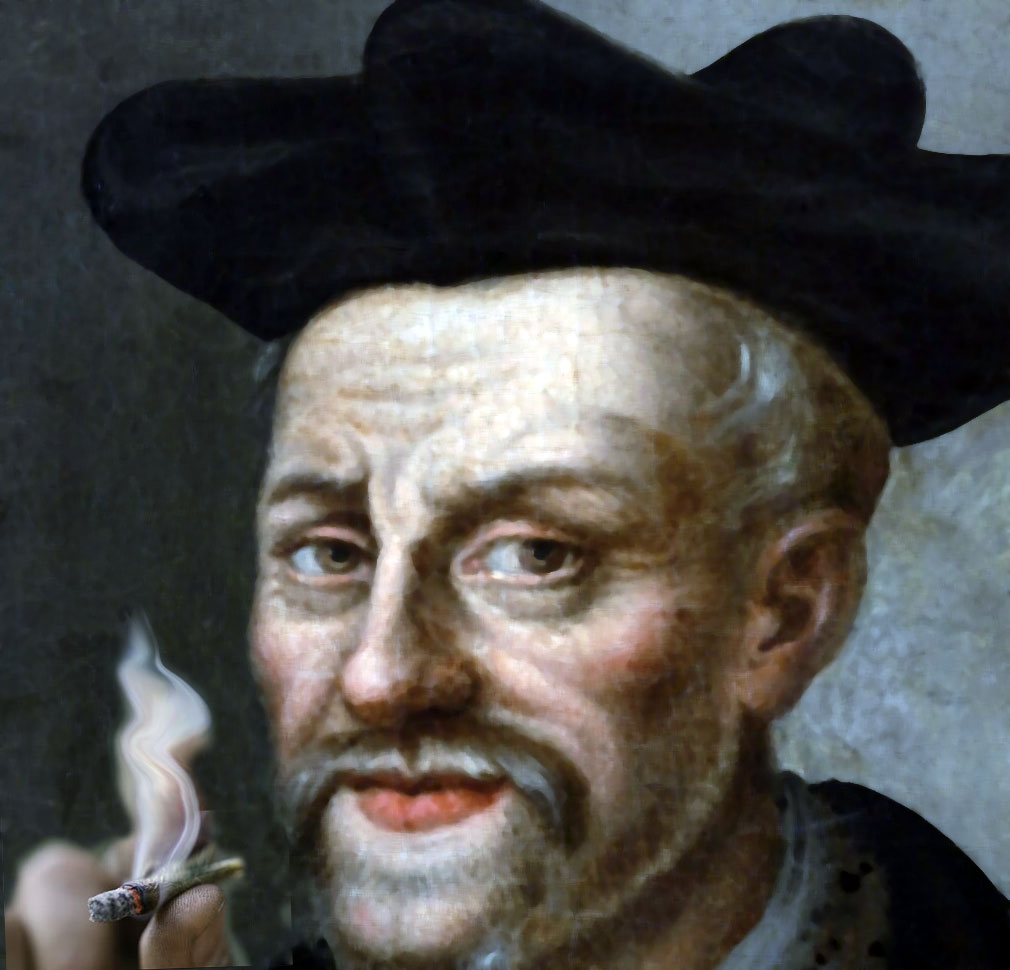Author Archives: Swany
Fragment 511414
enter the territory of the celestial signs,
Original French: entrer le territoire des ſignes celestes,
Modern French: entrer le territoire des signes celestes,
the constellations
Les constellations passent pour les résidences des dieux. Aquila, Aries, Corona, Lyra et Leo, traduits par Rabelais, deviennent des noms d’auberges ou de tavernes.
Le Tiers Livre
p. 466
Jean Céard, editor
Librarie Général Français, 1995
signes celestes
Pour les Anciens, les signes célestes étaient les demeuers des dieux. Rabelais fait ici un nom des constellations des noms d’auberge.
Œuvres complètes
p. 509, n. 2
Mireille Huchon, editor
Paris: Gallimard, 1994
Fragment 511407
[They] will be able to invade the regions of the Moon,
Original French: pourront enuahir les regions de la Lune,
Modern French: pourront envahir les regions de la Lune,
Invade the regions of the moon
Web
Uncle Lubin
les explorations du cosmos
Rabelais dans son enthousiasme anticipe sur les romans de Jules Verne et les explorations du cosmos.
Le Tiers Livre
p. 579
Pierre Michel, editor
Paris: Gallimard, 1966
Fragment 511388
by means of which humans may visit the sources of the hail, the floodgates of the rains, and the workshops of the thunderbolts.
Original French: moyenant laquelle pourront les humains viſiter les ſources des greſles, les bondes des pluyes, & l’officine des fouldres.
Modern French: moyenant laquelle pourront les humains visiter les sources des gresles, les bondes des pluyes, & l’officine des fouldres.
1. Rabelais, François (ca. 1483–1553), Œuvres de Rabelais (Edition Variorum). Tome Cinquième. Charles Esmangart, editor. Paris: Chez Dalibon, 1823. (note)
Notes
Visit the sources of the hail
bonde
A bung, or stopple; also, a sluce, or floudgate; and hence, also, the yate-stang, or beame thats pulled up, when a mill is to be set agate.
Lascher la bonde à. To give liberty, or free pillage, unto a violent thing.
officine
A workhouse, or shop.
Fragment 511377
By his children (perhaps) will be invented an herb of similar energy:
Original French: Par ſes enfans (peut eſtre) ſera inuentée herbe de ſemblable energie:
Modern French: Par ses enfans (peut estre) sera inventée herbe de semblable energie:
of the fatal sisters, daughters of Necessity
of the fatal sisters, daughters of Necessity.
Original French: des ſœurs fatales, filles de Neceſsité.
Modern French: des soeurs fatales, filles de Necessité.
Also mentioned in Chapter 50:
Notes
fatal sisters
sœurs fatales
Les Parques sont normalement considérée comme les filles du Jour et de la Nuit, ou bien de Démogorgon (Boccace, De genealogia deorum, I, V). Rabelais suit les mythologues platoniciens, pour qui elles sont plutôt les filles de la Nécessité (cf. Gyraldi, Syntagma de deis gentium, Bâle, 1555, 202 seq.) — Rabelais reprend au QL (Prol. 275) l’idée que les dieux olympiens sont liés par les décisions du Destin. Comme Lucien, dont il s’inspire partiellement, Rabelais sait que cette idée comporte des difficultés métaphysiques difficiles à résoudre (QL, Prol,. 219 seq.). Au QL, Rabelais exploite ce thème afin de prêcher modération classique et humilité chrétienne (ER, I, « Some Stoic Elements », 91 seq.). Ici, Rabelais semble sourtout vouloir se moquer du pessimisme de Pline, qui voit dans l’ingéniosité humaine un rival témeeraire de la majesté divine (cf. plus haut, VIII, 10 et note).
sœurs fatales
Also mentioned by Rabelais in Chapter 50 of the Tiers Livre:
Moirai
In Greek mythology, the Moirai (Ancient Greek: Μοῖραι, “apportioners”, Latinized as Moerae) — often known in English as the Fates — were the white-robed incarnations of destiny (Roman equivalent: Parcae, euphemistically the “sparing ones”, or Fata; also analogous to the Germanic Norns). Their number became fixed at three: Clotho (spinner), Lachesis (allotter) and Atropos (unturnable).
They controlled the metaphorical thread of life of every mortal from birth to death. They were independent, at the helm of necessity, directed fate, and watched that the fate assigned to every being by eternal laws might take its course without obstruction. The gods and men had to submit to them, although Zeus’s relationship with them is a matter of debate: some sources say he is the only one who can command them (the Zeus Moiragetes), yet others suggest he was also bound to the Moirai’s dictates. In the Homeric poems Moira or Aisa, is related with the limit and end of life, and Zeus appears as the guider of destiny. In the Theogony of Hesiod, the three Moirai are personified, and are acting over the gods. Later they are daughters of Zeus and Themis, who was the embodiment of divine order and law. In Plato’s Republic the Three Fates are daughters of Ananke (necessity).
It seems that Moira is related with Tekmor (proof, ordinance) and with Ananke (destiny, necessity), who were primeval goddesses in mythical cosmogonies. The ancient Greek writers might call this power Moira or Ananke, and even the gods could not alter what was ordained.[4] The concept of a universal principle of natural order has been compared to similar concepts in other cultures like the Vedic Rta, the Avestan Asha (Arta) and the Egyptian Maat.
Fragment 511362
because it has passed by the hands and spindles
Original French: car elles eſt paſſée par les mains & fuſeaulx
Modern French: car elles est passée par les mains & fuseaulx
fuseau
A spindle ; or spoole; also, a stick to set Acornes with; also, (in cases of succession) the feminine line.
Fragment 511355
This destiny we cannot contravene;
Original French: A ceſte deſtinée ne pouõs nous cõtreuenir:
Modern French: A ceste destinée ne povons nous contrevenir:
Fragment 511345
He will soon be married, from his wife will come children.
Original French: Il ſera de brief marié, de ſa femme aura enfans.
Modern French: Il sera de brief marié, de sa femme aura enfans.
Fragment 511337
by the usage and virtues of his herb.
Original French: par l’uſaige & vertus de ſon herbe.
Modern French: par l’usaige & vertus de son herbe.
